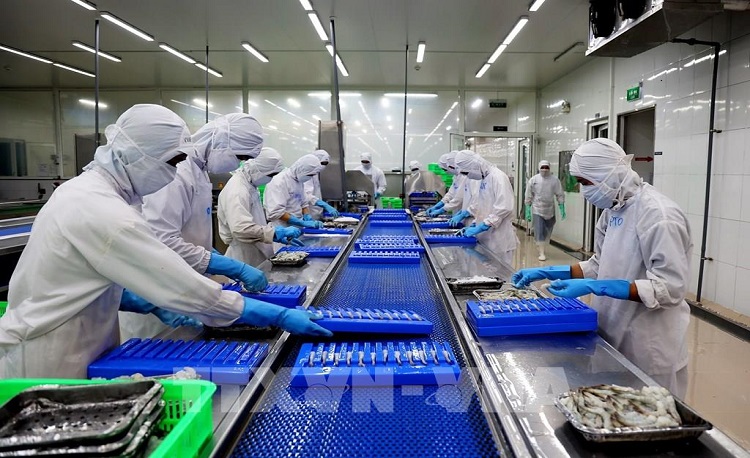In today’s fiercely competitive business landscape, gaining an edge often depends on delivering comprehensive software solutions. Achieving success in this area requires strategic planning and a clear understanding of your organization’s unique needs and goals. Finding the right partner to provide tailored software solutions is crucial. Once you’ve defined your requirements, the next step is to evaluate IT firms’ offerings to identify those that best align with your business objectives.
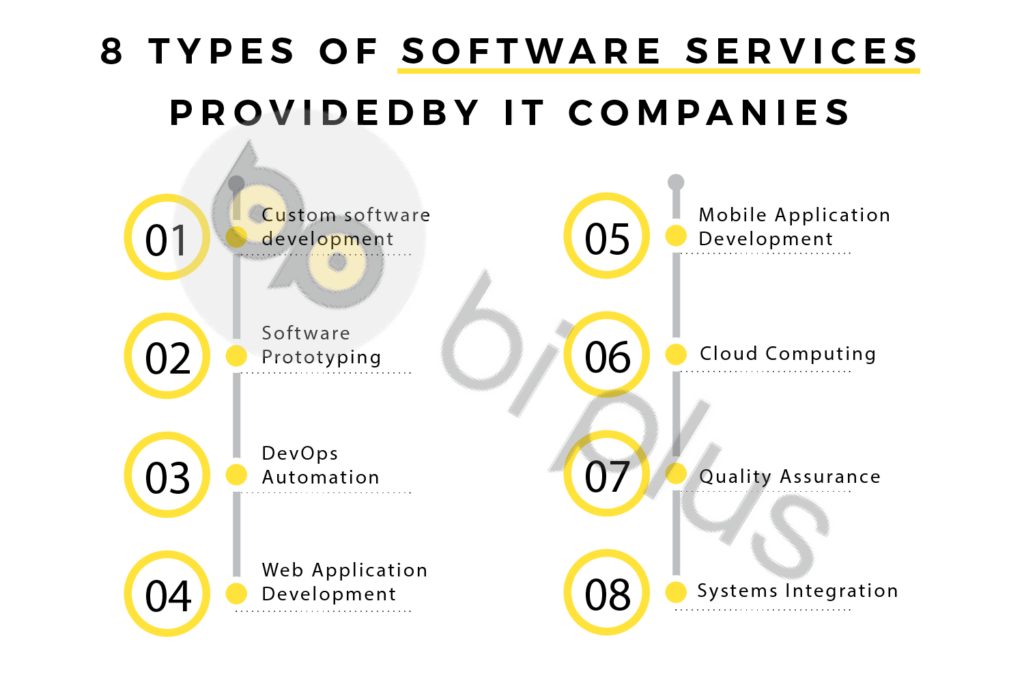
1. Custom Software Development
Bespoke software development entails a methodical approach comprising well-defined steps and corresponding outcomes aimed at creating tailored software solutions. This process can be carried out internally or outsourced through a software services catalog. However, in instances where internal development isn’t viable, clients must carefully assess the credibility and track record of potential external providers.
To streamline the entire project, leveraging a software services catalog offered by a reputable software development firm is strongly advised. Such agencies can provide a diverse array of solutions, encompassing, but not limited to:
- Program execution
- HR systems covering employee onboarding initiatives and intranets
- Communication applications
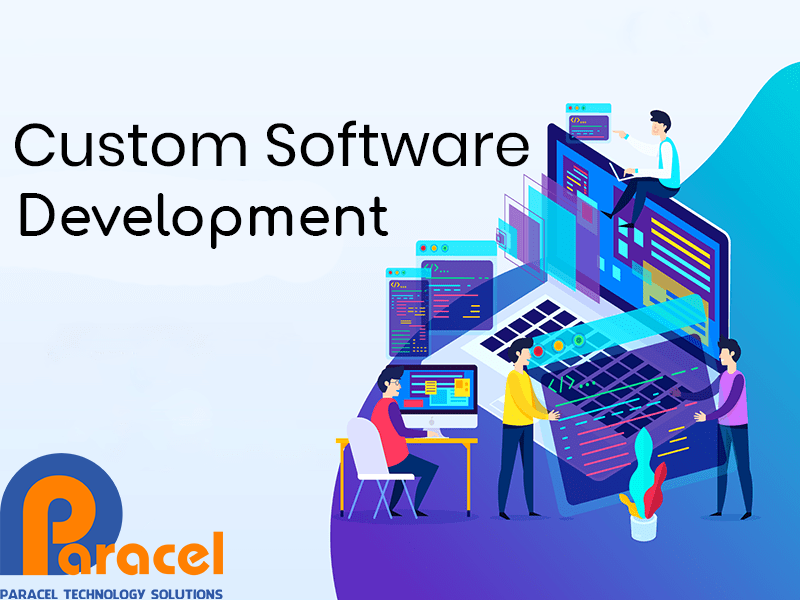
Tailored software development services encompass comprehensive support throughout the entire Software Development Lifecycle (SDLC), covering essential stages like requirements analysis, design, coding, testing, and quality assurance. These services also include provisions for production support, maintenance, and enhancements tailored to meet the unique needs of customized software applications.
In the contemporary fast-paced business landscape, software development has emerged as a highly specialized domain. Many businesses now prefer bespoke software solutions to streamline their operations effectively. Consequently, a catalog of software development services has become indispensable for organizations striving to fulfill their strategic goals. The following outlines key software development services offered by IT firms that demand careful consideration:
- Requirements Analysis
- Software Design
- Coding and Programming
- Software Testing and Quality Assurance
- Production Support, Maintenance, and Enhancements
Collaborating with a dependable and experienced software development company via a software services catalog enables the delivery of tailored software solutions precisely aligned with your business’s distinct needs and objectives, empowering you to maintain competitiveness in today’s dynamic business environment.
2. Software Prototyping
Software prototyping involves iteratively constructing incomplete versions of an application to propel its development forward. Comparable prototyping methods are employed in industries such as manufacturing and mechanical engineering. Typically, a software prototype implements only a limited subset of required functions and may differ substantially from the final product.
The primary advantage of prototyping over traditional software development lies in its capacity to solicit early user feedback, which developers can incorporate as they progress. This enables swift evaluation of the prototype’s alignment with software requirements by both developers and users alike. Additionally, project managers can gauge the feasibility of their initial deadlines and milestones.
3. DevOps Automation
DevOps Automation entails the integration of software development and operations, traditionally regarded as separate functions within a conventional data center. The primary goals of DevOps are to accelerate the Software Development Lifecycle (SDLC) and consistently deliver top-notch software.
For instance, consider the process of handling a change request (CR) in a non-DevOps environment. In such a scenario, a user initiates a CR via email or a designated helpdesk application. The operations team receives this request and notifies the relevant development team. Throughout the resolution process, the development team provides regular updates.
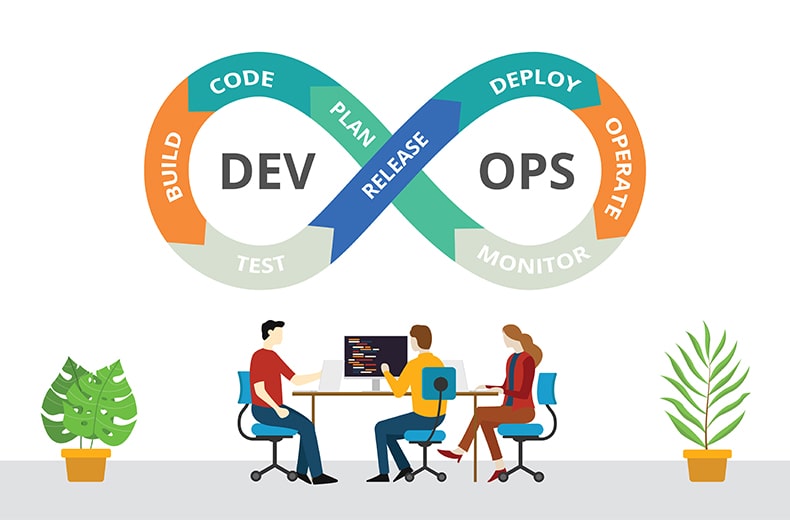
Subsequently, upon completion of the work specified in the CR by the development team, the testing team deploys the solution to a test environment. Any additional issues identified during testing prompt collaboration between the testing and development teams for resolution. Finally, the operations team implements the finalized solution into the operational system.
The utilization of a software services list often presents various drawbacks, such as process gaps necessitating manual intervention, communication delays, and fragmented information flow. These flaws result in significant latency when transferring information between users and developers, rendering the process susceptible to errors and delays due to the involvement of multiple stakeholders.
DevOps practices typically address these challenges by automating processes through technologies like virtualization and containerization, which involve packaging platforms and applications into reusable modules. To implement DevOps principles effectively, a plethora of tools is required, especially for tasks like code writing and testing. Furthermore, these tools must be integrated to ensure accessibility for all stakeholders involved in the Software Development Lifecycle (SDLC), including operations, engineering, development, and quality assurance teams.
Once fully integrated, system administrators can employ a variety of tools to establish a fully automated DevOps workflow. This seamless integration fosters improved coordination among teams, ultimately resulting in expedited software releases.
4. Web Application Development
Web application development represents an evolution of traditional software development, distinguished by its emphasis on iterative development cycles. Unlike conventional desktop applications, web applications are inherently more vulnerable to security threats, given their accessibility to a large user base. For instance, a stock trading website attracts millions of users, presenting a significant financial incentive for exploiting application vulnerabilities. To mitigate these risks, web developers employ methodologies that prioritize documentation, rigorous testing, change management, and quality assurance. These measures are particularly crucial given the demanding nature of web application environments.
Moreover, web applications typically adopt diverse business models and operate within shorter development lifecycles compared to their desktop counterparts. Development teams for web applications are often smaller but benefit from access to a broader array of testing strategies. Furthermore, web development processes involve frequent end-user evaluations, resulting in more precise requirement specifications compared to traditional software development service listings.
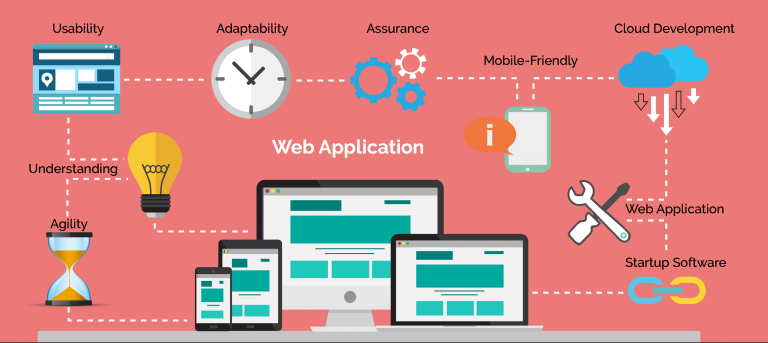
The testing phases for web applications, including unit, integration, and system testing, mirror those of traditional development. These phases aim to assess the application’s functionality and identify necessary adjustments. Web applications often handle data that is prone to errors such as omissions, redundancies, and incorrect labeling, compounded by their layered and dynamically configured nature. Each layer necessitates separate testing, making the web application testing process more intricate.
In contrast to desktop developers, web developers rely more heavily on frameworks and code reuse. Utilizing external components aids in reducing development time and associated costs. However, creating small components may require less time than familiarizing programmers with new APIs. Furthermore, organizations may prefer greater control over the development of critical elements essential to their operations.
5. Mobile Application Development
Mobile application development revolves around creating software for mobile devices such as smartphones, tablets, and digital assistants. These applications may be downloaded from web servers or pre-installed by device manufacturers. The absence of standardized mobile device specifications necessitates mobile developers to accommodate various display sizes, hardware configurations, and functionalities.
The user interface (UI) holds paramount importance in mobile app design due to the limited screen real estate of mobile devices. Mobile designers must closely consider user interactions with the UI, necessitating deeper integration of hardware and software compared to traditional software development practices. Factors such as device portability, diverse input methods, and compact screen sizes are critical considerations for mobile developers. Unlike desktop development, mobile apps often derive context from user activities such as location and scheduling, aiming to streamline user interactions by minimizing keystrokes
Behind the scenes, mobile user interfaces rely on backend systems for tasks like data routing, security, offline functionality, and service synchronization. This backend functionality is supported by various middleware components, including mobile backend as a service (MBaaS), service-oriented architecture (SOA) infrastructure, and mobile app servers.
6. Cloud Computing
Cloud computing entails the provision of computing resources, such as processing power and data storage, on-demand and without requiring active management from the user’s end. This resource-sharing model allows cloud computing to achieve significant economies of scale. Broadly speaking, cloud computing involves the utilization of data centers to deliver services to users via the Internet, often by distributing tasks from centralized servers to various locations. Servers positioned in close proximity to users may also be termed edge servers. Cloud environments can be categorized into private clouds, accessible exclusively by a single organization, and public clouds, utilized by multiple organizations.
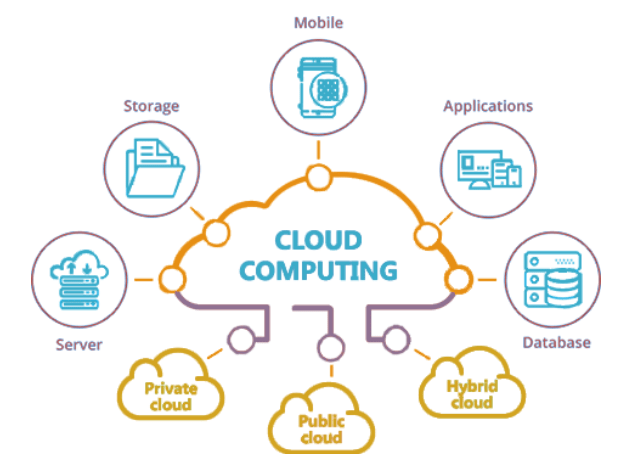
7. Quality Assurance (QA)
Quality Assurance (QA) serves as a thorough investigative process aimed at providing stakeholders with insights into the performance and reliability of an application. It also furnishes clients with an informed assessment of the risks associated with utilizing the software services list. Software testing techniques encompass validating the software’s ability to execute essential tasks while identifying any tasks it may not perform but which may not be critical for the user.
The realm of software testing encompasses an extensive array of discrete tests for even the most basic components. Therefore, when compiling a software services list, it’s imperative to devise a testing strategy that prioritizes tests based on available resources and tools. The testing process typically unfolds iteratively, with errors detected and rectified before subsequent rounds of testing. This iterative approach often uncovers new bugs as each fix enables the execution of additional code.
Quality Assurance personnel often commence software testing promptly upon the availability of executable code, rather than waiting for developers to complete the entire coding process. However, the frequency and timing of testing hinge on the specific software development approach outlined in the software services list. For instance, in a phased approach, testing predominantly occurs post-definition and development of a testable program from the requirements. Conversely, an agile development approach integrates testing concurrently with requirement gathering, programming, and other development activities.
Software testing and quality assurance play indispensable roles in software development. Collaborating with a software development company that prioritizes these aspects can ensure that your customized software solution meets the highest quality standards and aligns precisely with your business requirements.
8. Systems Integration
Systems integration involves the amalgamation of discrete components within a system to achieve unified functionality. This process employs various techniques such as business process management, networking, and manual programming. The core objectives of systems integration include enhancing product quality and performance, reducing response times, and minimizing operational costs. With the growing importance of internet connectivity in modern systems, the necessity for improved system integration has become increasingly evident.
Systems integration techniques can be categorized into three primary types: vertical, horizontal, and star integration. Vertical integration entails creating functional silos dedicated solely to specific purposes, making it cost-effective in the short term by involving only necessary vendors for each silo. However, scaling the system requires implementing additional silos, leading to higher total cost of ownership (TCO) over time.
In contrast, horizontal integration leverages an Enterprise Service Bus (ESB) component to facilitate communication among subsystems. This approach reduces interface requirements for each subsystem, aside from the ESB, thereby cutting costs and enhancing flexibility, especially in scenarios involving multiple subsystems. Furthermore, subsystems with similar functionalities can be seamlessly replaced by integrating the interface of the new subsystem with the ESB.
Star integration provides unparalleled flexibility in reusing functionality by linking every subsystem with every other subsystem. However, the diverse interfaces inherent in this approach significantly influence its cost. Moreover, the inclusion of additional subsystems results in a higher number of interfaces, thereby exacerbating the expense associated with star integration.
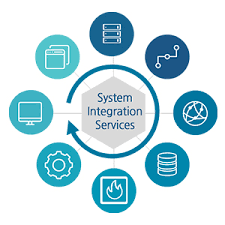
In Summary
A software services list serves as a vital asset for businesses aiming to optimize their software development endeavors. Through tailored software development services, organizations can achieve their strategic goals while streamlining project workflows. From customized software development to quality assurance and systems integration, there are numerous facets to consider in software solution development. We trust this article has provided valuable insights into the pivotal software development services offered by IT companies. To stay abreast of the latest trends and best practices in software development, be sure to subscribe to our newsletter. We eagerly anticipate bringing you more informative and enriching content in the future.
To learn more about software development services, please contact Paracel via the hotline 0905060513 for a free consultation.



